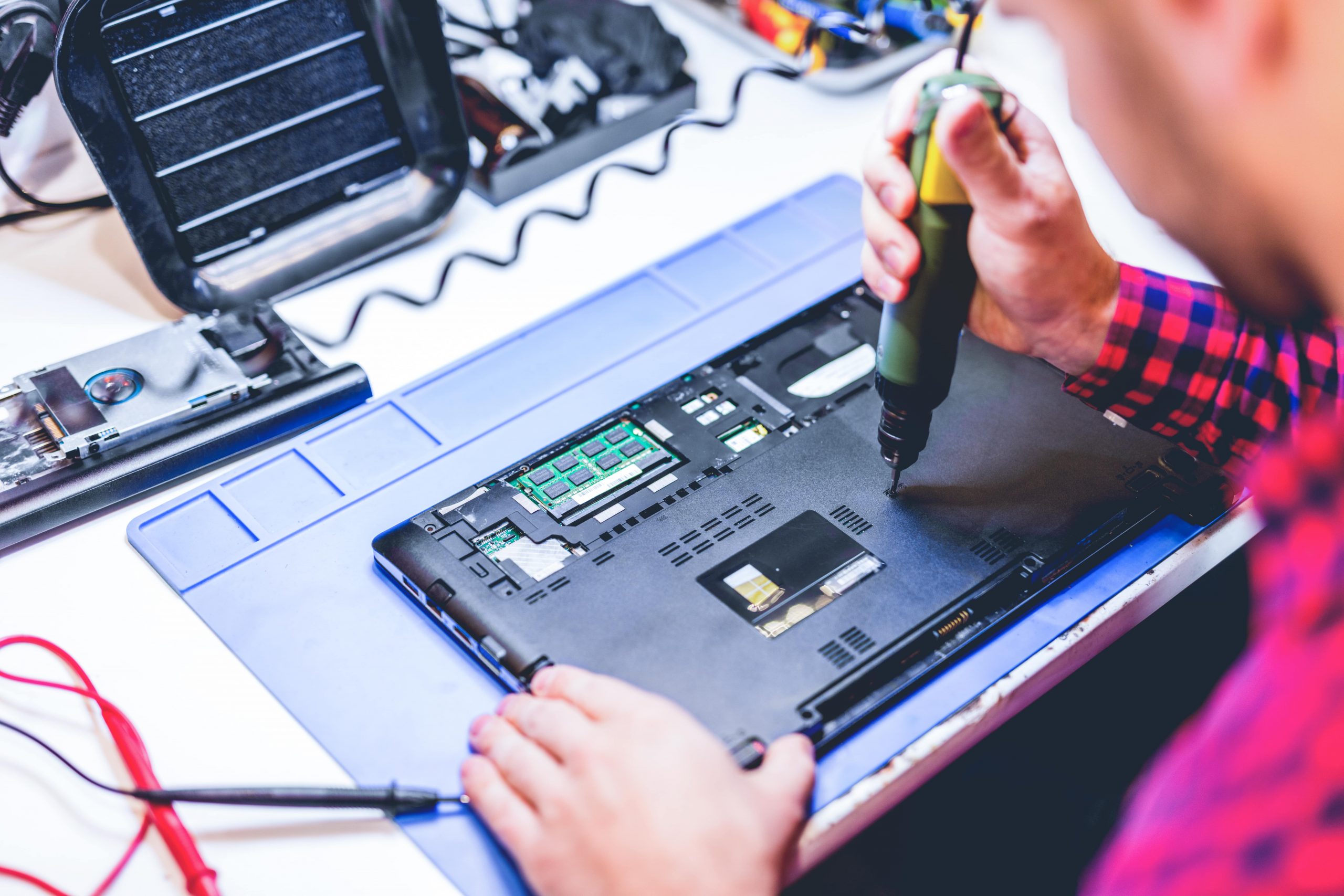Computers are an essential part of our lives, and taking care of them is important to keep them running smoothly. Here are some tips on how to take care of your personal computer:
1. Keep your computer clean. Dust and dirt can build up over time and cause your computer to overheat or even break down. Use a soft, dry cloth to dust your computer regularly.
2. Avoid liquids. Water and other liquids can damage your computer, so it’s best to keep them away from your machine. If you must use a liquid on your computer, make sure it’s distilled water and that you turn the machine off before cleaning it.
3. Be careful with food and drinks. We’ve all been there – you’re working on your computer and you get thirsty or hungry. But beware – spilled food or drinks can damage your keyboard or other parts of your machine. If you must eat or drink while using your computer, be extra careful and keep liquids away from the keyboard.
4. Keep your software up to date. Software updates usually include security fixes that can help protect your computer from viruses and other malware. Most software can be set to update automatically, so you don’t have to worry about it.
5. Use antivirus software and a firewall. Antivirus software helps protect your computer from viruses, while a firewall helps block hackers from accessing your machine. Both are essential in keeping your computer safe, so make sure you have them installed and that they’re up to date.
6. Back up your data regularly. Computers can crash, get infected with viruses, or be damaged in other ways. To protect your data, make sure you back it up regularly – at least once a week is ideal. You can use an external hard drive, cloud storage, or optical media such as CDs or DVDs.
7. Get professional help when needed. Sometimes, despite our best efforts, computers just break down or start acting strange. If this happens, don’t try to fix it yourself – unless you know what you’re doing! Bring it to a professional who can diagnose and fix the problem quickly and correctly.
How to Get Rid of Computer Virus
The first thing you need to do is identify the source of the virus. If you recently downloaded a program or opened an email attachment from an untrustworthy source, that’s likely the culprit. Once you’ve identified the source, delete the offending file and any others that might be infected.
If you can’t identify the source, or if deleting the infected files isn’t enough to get rid of the virus, you’ll need to use a virus removal tool. There are many different options available, but we recommend Malwarebytes Anti-Malware. This program is free and effective, and can be run even if your computer is already infected.
Once you’ve installed Malwarebytes Anti-Malware, open the program and click the “Scan Now” button. The scan may take a while to complete, but it will eventually list all of the malware that has been detected on your system. Click the “Quarantine Selected” button to remove the threats.
If you’re still having trouble with viruses or other malware, you may need to reinstall Windows. This will delete all of the files on your hard drive, so make sure you have backups of any important data before proceeding. To reinstall Windows, open the Start menu and select “Settings.” Click “Update & Security,” then “Recovery.” Under “Reset this PC,” click “Get started” and follow the prompts.
How to Optimize Computer RAM?
Computers are becoming more powerful with each passing year. However, as games and software become more demanding, they can start to tax your system resources, including RAM. This can lead to lower frame rates, longer load times, and other performance issues.
Fortunately, there are a number of ways to optimize your computer RAM and get the most out of your system. In this article, we’ll show you how to do just that.
First, let’s take a look at what RAM is and how it works.
What is RAM?
RAM stands for Random Access Memory. It’s a type of computer memory that can be accessed randomly, meaning any location can be accessed without having to go through the previous locations in order. This is in contrast to Sequential Access Memory (SAM), which has to access memory locations in order.
RAM is used to store data that the computer is currently working on. This includes the operating system, applications, and any open files. When you open a program, it’s loaded into RAM so the CPU can access it quickly.
How Much RAM Do I Need?
This is a common question, and unfortunately, there’s no easy answer. It depends on what you’re using your computer for and how much RAM your system can handle.
For general use, 4GB of RAM is enough. However, if you’re a power user or gamer, you may want 8GB or more. Some intensive applications may require 16GB or more of RAM.
How to Check Your Computer’s RAM Usage
Before we get into how to optimize your RAM usage, it’s important to know how to check how much RAM your computer is currently using. This will give you a baseline to work from as you make changes.
On Windows 10, you can do this by opening the Task Manager. You can also press CTRL+ALT+DEL and click on Task Manager from the menu that appears.
Once the Task Manager is open, click on the Performance tab. Here you’ll see an overview of your system resources, including CPU, memory, disk usage, and network activity.



